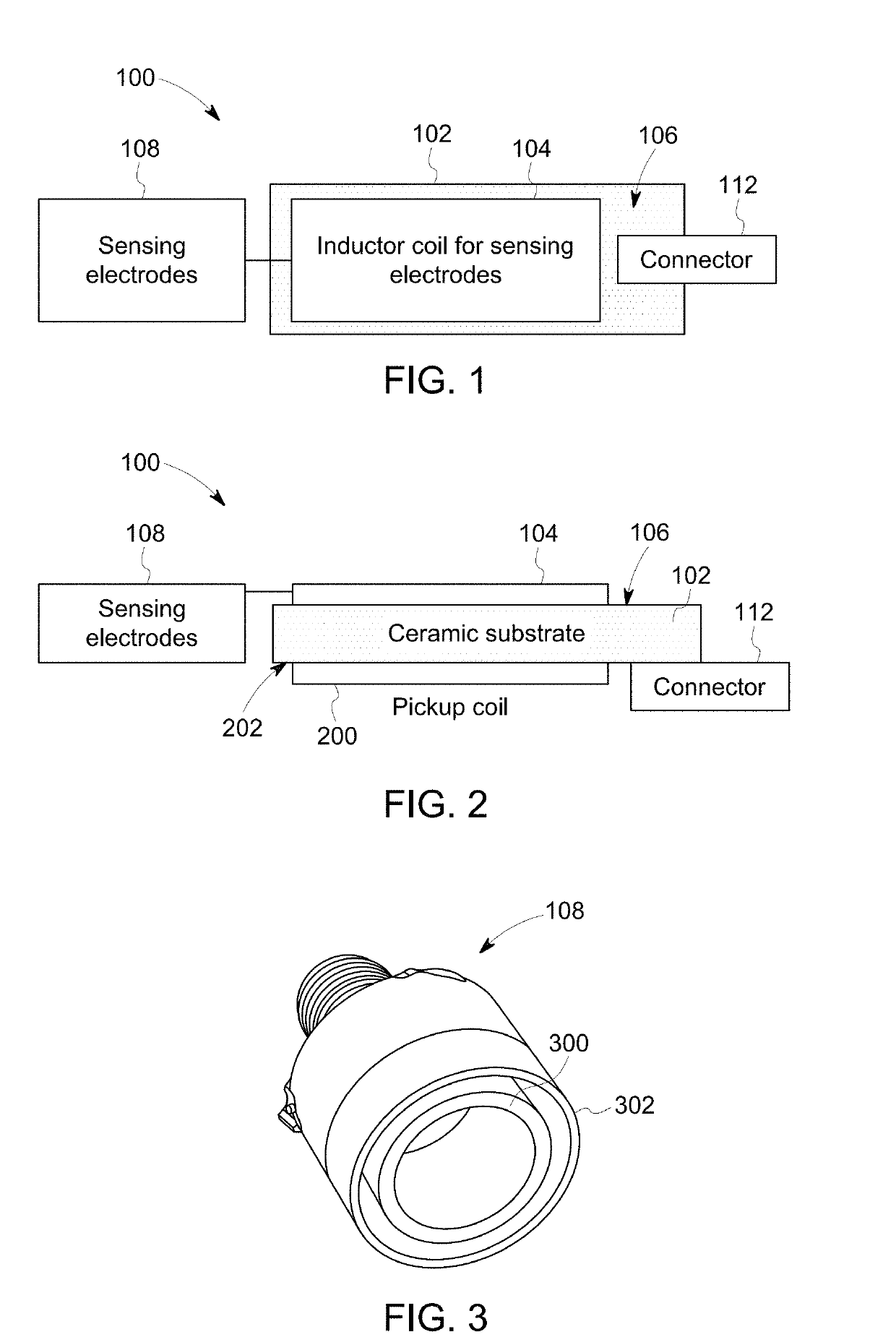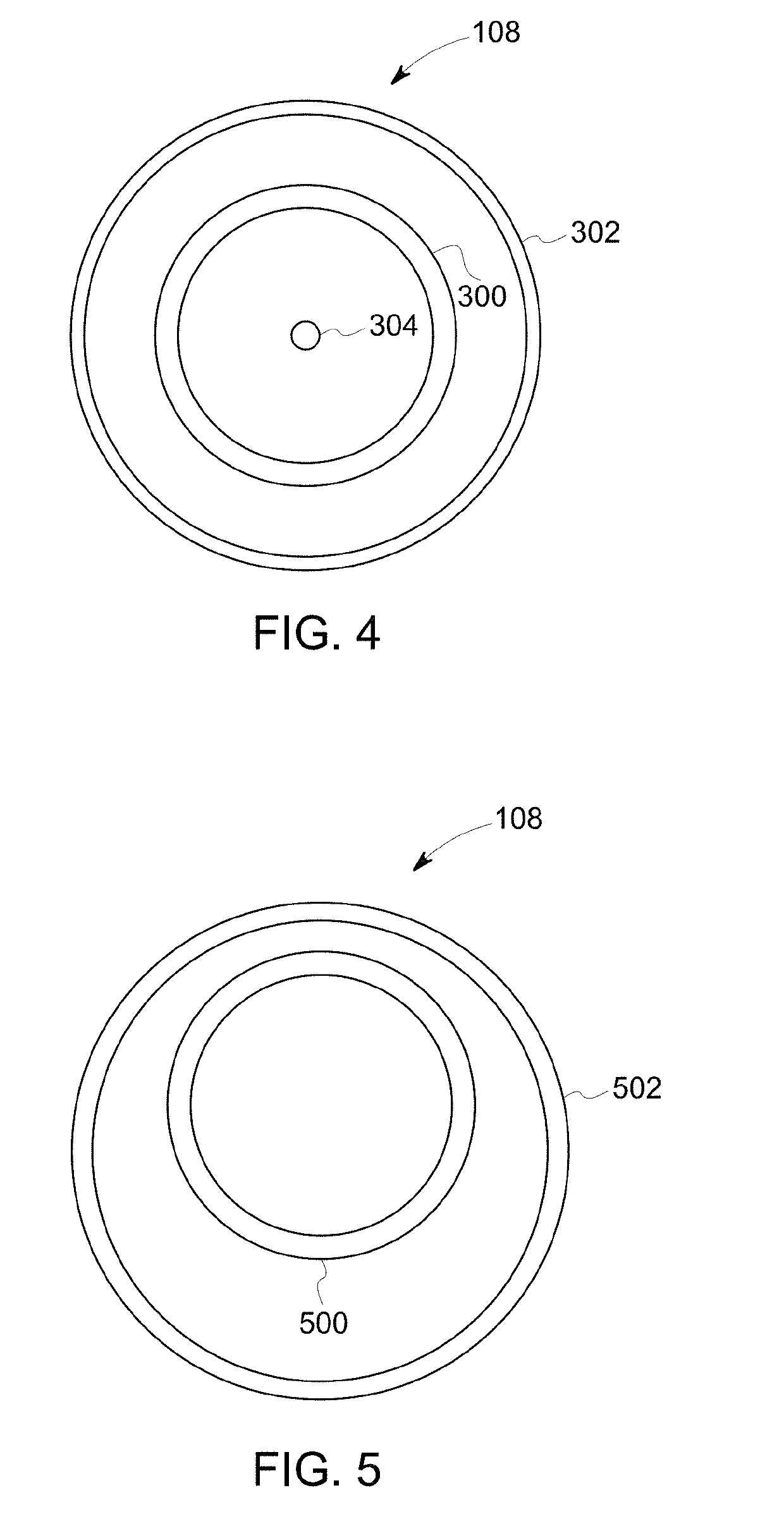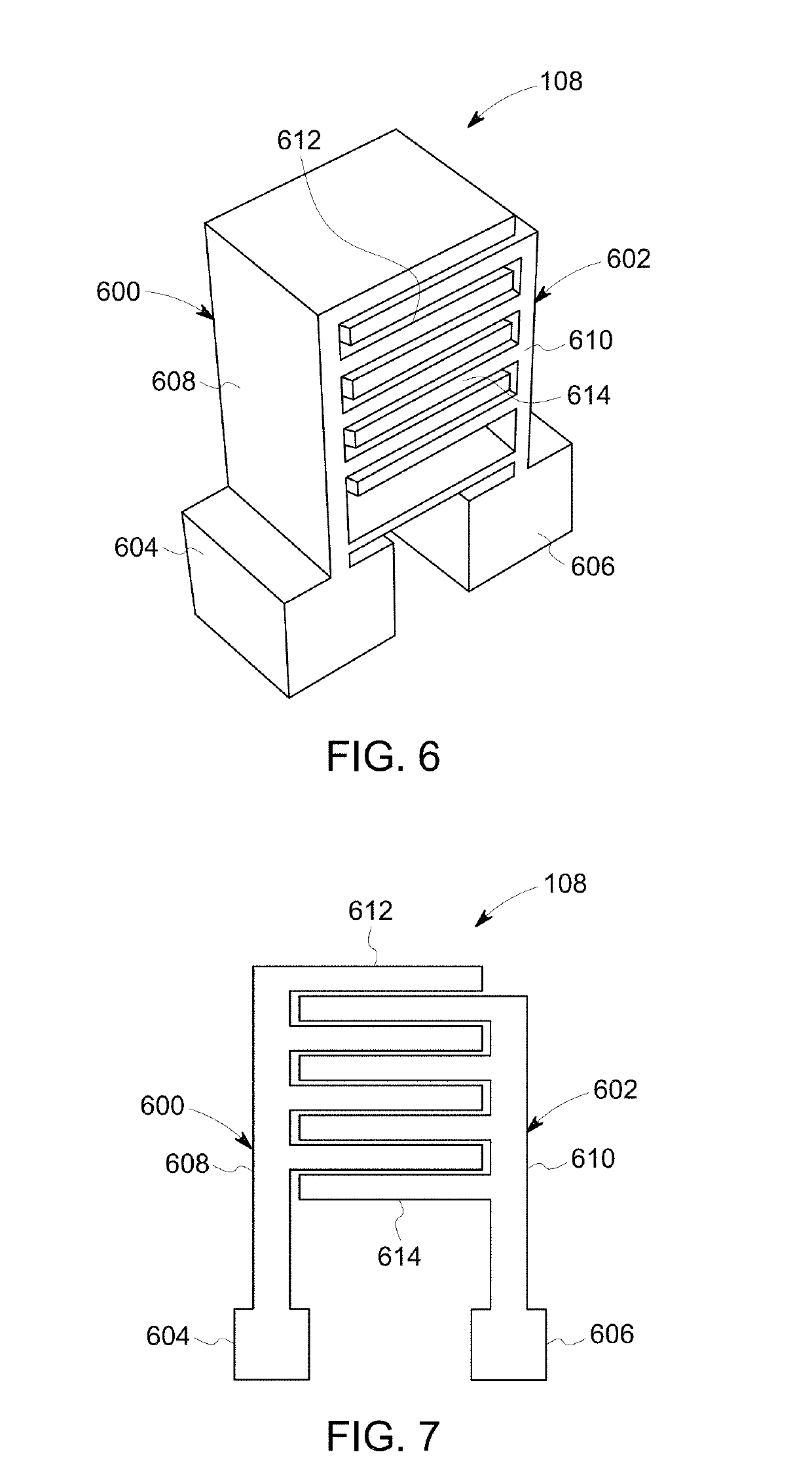Locomotive system with sensor probe assembly for monitoring oil health
a technology of oil health and locomotive system, which is applied in the direction of railway signalling, transportation and packaging, instruments, etc., can solve the problems of preventing the use of sensors, low sensitivity, and little to no resolution between different effects on oil health
- Summary
- Abstract
- Description
- Claims
- Application Information
AI Technical Summary
Benefits of technology
Problems solved by technology
Method used
Image
Examples
Embodiment Construction
[0069]Some oil sensors are based on an inductor-capacitor-resistor (LCR) resonator structure that monitors aspects of oil health, such as levels of oil degradation and levels of external contaminants into oil. The LCR resonator operates in a multivariable mode where multiple outputs from the resonator are measured and used to detect independent changes in the oil health due to the leaks of water and fuel into the oil, and oil aging.
[0070]These types of sensors can involve a sensor probe comprised of two distinct components such as a sensing substrate onto which an electrode structure was deposited. The sensor probe is a region of the sensor that is in operational contact with the measured industrial fluid (e.g., oil). Other portions of the sensor (such as sensor housing, transformer, electronics, electrical connectors, etc.) are not in operational contact with the measured industrial fluid. The sensing substrate is an inert material that allows the sensing electrodes to be presented...
PUM
 Login to View More
Login to View More Abstract
Description
Claims
Application Information
 Login to View More
Login to View More - R&D
- Intellectual Property
- Life Sciences
- Materials
- Tech Scout
- Unparalleled Data Quality
- Higher Quality Content
- 60% Fewer Hallucinations
Browse by: Latest US Patents, China's latest patents, Technical Efficacy Thesaurus, Application Domain, Technology Topic, Popular Technical Reports.
© 2025 PatSnap. All rights reserved.Legal|Privacy policy|Modern Slavery Act Transparency Statement|Sitemap|About US| Contact US: help@patsnap.com



